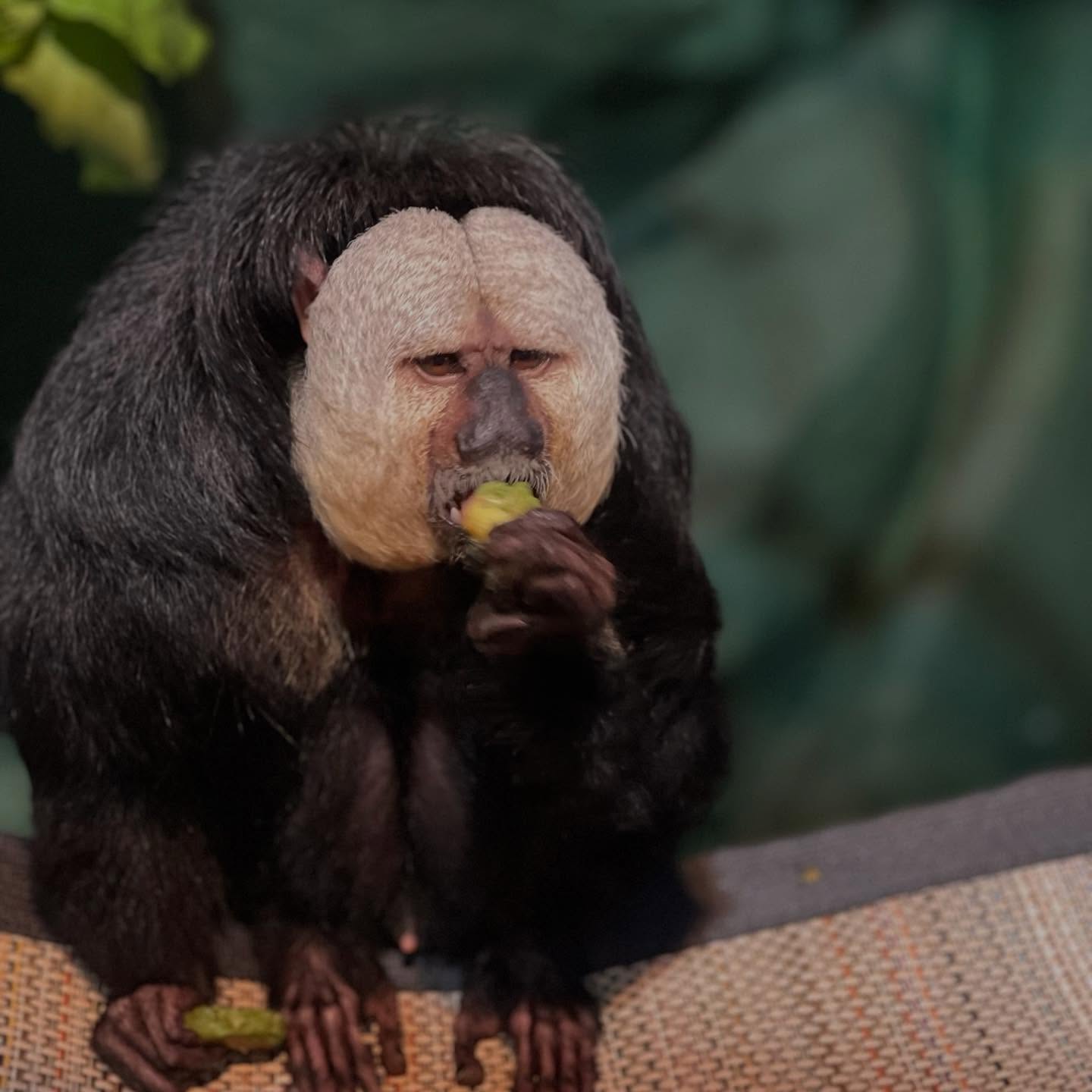- Exploring the playful nature of wildlife and its significance in maintaining ecological balance.
- Understanding the role of zoos in wildlife conservation, focusing on enrichment and animal welfare.
- Highlighting the festive spirit among animals and staff in zoological environments during holidays.
- Discussing the operational aspects and public engagement of zoos in light of holiday closures.
- Emphasizing the importance of public education in wildlife conservation efforts.
Animals have always fascinated humans with their unique behaviors and interactions within ecosystems. Our playful friend getting into the holiday spirit with a treat can be an endearing sight. This behavior is not only entertaining but also an essential part of animal husbandry and welfare within a zoo environment. Engaging activities are imperative for the well-being of animals in captivity, encouraging natural behaviors and enhancing their quality of life. Playfulness in animals involves a variety of behaviors like tumbling, chasing, and other activities that mimic natural hunting or foraging actions. These behaviors are particularly prominent in intelligent animals such as primates and are integral to their social development and cognitive health.
Zoos play a crucial role in wildlife conservation by providing controlled environments where animals can thrive while being safeguarded from threats like poaching and habitat destruction. Over the years, the role of zoos has evolved from mere exhibition spaces to centers of conservation and education. One key aspect of this transformation is animal enrichment, which involves creating environments that stimulate the animals’ senses and encourage natural behaviors. Enrichment activities are designed to reduce stress and provide mental challenges, which are crucial for animals like primates that require complex cognitive stimulation. This is where holiday-themed activities, treats, and decorations play a vital role as they serve both as amusement and as enrichment tools. These activities can mimic challenges found in the wild, helping to maintain the animals’ mental and physical agility.
During festive seasons, zoos often create special events and themed decorations, spreading cheer among both visitors and residents. This helps to foster a connection between the public and wildlife, enhancing conservation awareness. The festive spirit is not just for human delight; animals partake in the celebrations through enriched environments that reflect the season’s theme. For instance, primates might receive wrapped treats or brightly colored objects to investigate, stimulating their curiosity and promoting problem-solving skills. Such activities not only entertain the animals but also provide valuable insights into their behavior for researchers and caretakers.
On Christmas Eve and Christmas Day, many zoos, including those with our playful friends, choose to close their doors, giving both the animals and staff a respite. This operational decision underscores the importance of rest and quiet for the animals, who generally live in environments bustling with excited visitors. While zoos prioritize public engagement and education, staff also recognize the necessity of reducing human impact, even if temporarily, to allow animals to relax in their habitats. This aligns with modern zoo management policies that emphasize animal welfare, breeding programs, and rehabilitation efforts as core components of their mission. Encouraging less human interaction during these holiday breaks mirrors a natural setting where animals would experience fewer disturbances.
Public education is perhaps one of the most critical roles that zoos serve in the realm of conservation. It provides an opportunity to translate the playful antics of animals during the holidays into broader discussions about ecology and conservation. By observing animals like our playful friend enjoying holiday treats, visitors develop an emotional connection and a lasting interest in the conservation of wildlife. Educational outreach can further this engagement, promoting environmental stewardship and action. Interactive programs, species information, and engaging thematic events help visitors understand the challenges faced by wildlife and motivate them to contribute to conservation efforts. These dynamic interactions are pivotal in shaping public perception and fostering a community of conservation advocates.
In the intricate tapestry of nature, every gesture of play and interaction serves a purpose. It is a glimpse into the complex world of animal behavior and conservation. As the public interacts with wildlife during inspiring displays like our playful friend’s holiday activities, they are drawn into a broader narrative of protection and sustainability. Through the lens of holiday celebration, zoos offer an engaging platform to appreciate the nuanced relationship humans share with wildlife and the natural world. With a history as advocates for endangered species, zoos continue to innovate, educate, and inspire, transforming the perception of conservation from a discipline of urgency to one of shared joy and responsibility.
*****
Source Description
Our playful friend is getting into the holiday spirit with a treat! Wishing you all a Merry Christmas Eve, filled with wonder, warmth, and a touch of monkey mischief! 🐒🎄
Reminder: The zoo will be closed on Christmas Eve and Christmas Day. See you soon for more wild adventures!🐾


